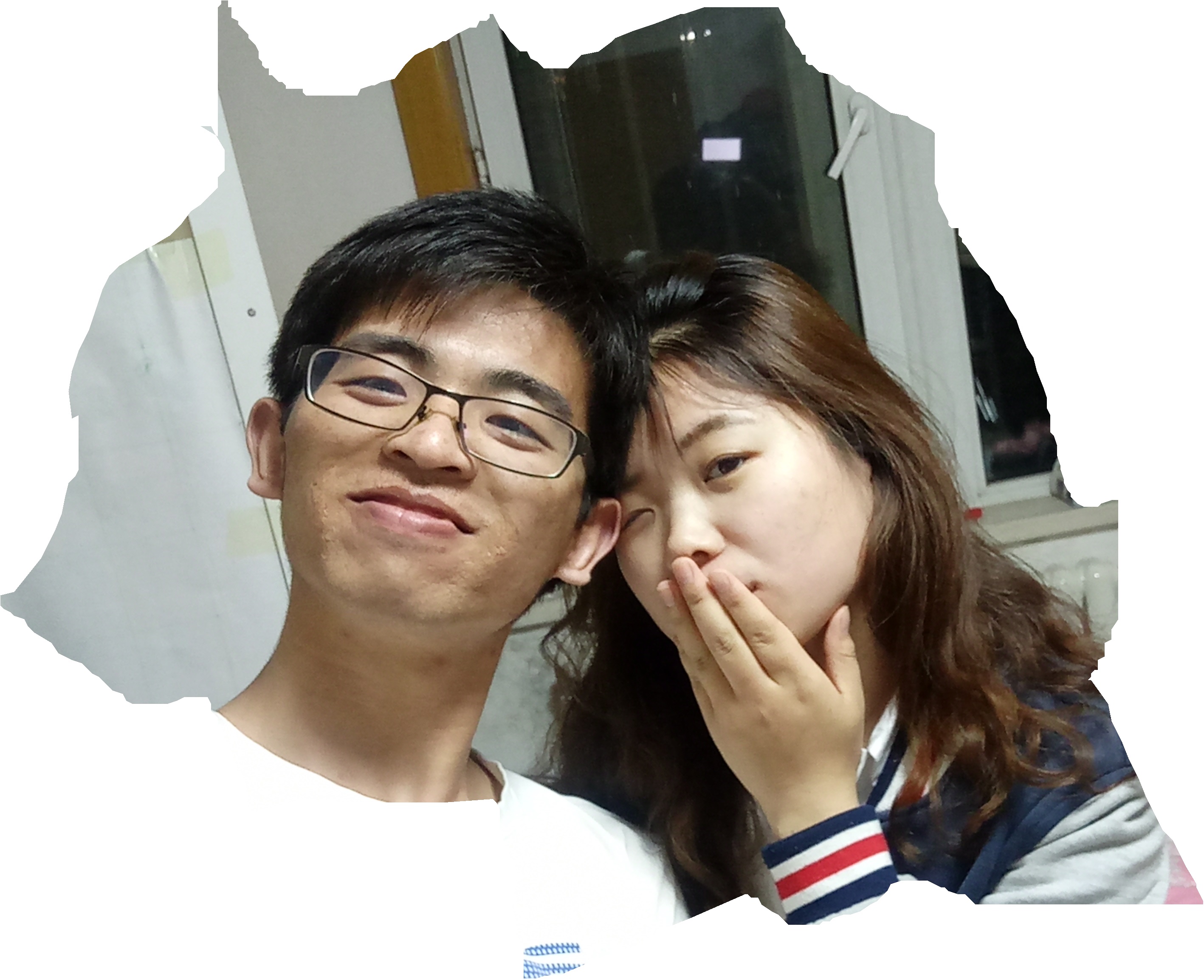HashMap源码(5)put()方法
HashMap#put()
/**
* Associates the specified value with the specified key in this map.
* If the map previously contained a mapping for the key, the old
* value is replaced.
*
* @param key key with which the specified value is to be associated
* @param value value to be associated with the specified key
* @return the previous value associated with <tt>key</tt>, or
* <tt>null</tt> if there was no mapping for <tt>key</tt>.
* (A <tt>null</tt> return can also indicate that the map
* previously associated <tt>null</tt> with <tt>key</tt>.)
*/
public V put(K key, V value) {
return putVal(hash(key), key, value, false, true);
}
/**
* Implements Map.put and related methods
*
* @param hash hash for key
* @param key the key
* @param value the value to put
* @param onlyIfAbsent if true, don't change existing value
* @param evict if false, the table is in creation mode.
* @return previous value, or null if none
*/
final V putVal(int hash, K key, V value, boolean onlyIfAbsent,
boolean evict) {
Node<K,V>[] tab; Node<K,V> p; int n, i;
if ((tab = table) == null || (n = tab.length) == 0)
n = (tab = resize()).length;
if ((p = tab[i = (n - 1) & hash]) == null)
tab[i] = newNode(hash, key, value, null);
else {
Node<K,V> e; K k;
if (p.hash == hash &&
((k = p.key) == key || (key != null && key.equals(k))))
e = p;
else if (p instanceof TreeNode)
e = ((TreeNode<K,V>)p).putTreeVal(this, tab, hash, key, value);
else {
for (int binCount = 0; ; ++binCount) {
if ((e = p.next) == null) {
p.next = newNode(hash, key, value, null);
if (binCount >= TREEIFY_THRESHOLD - 1) // -1 for 1st
treeifyBin(tab, hash);
break;
}
if (e.hash == hash &&
((k = e.key) == key || (key != null && key.equals(k))))
break;
p = e;
}
}
if (e != null) { // existing mapping for key
V oldValue = e.value;
if (!onlyIfAbsent || oldValue == null)
e.value = value;
afterNodeAccess(e);
return oldValue;
}
}
++modCount;
if (++size > threshold)
resize();
afterNodeInsertion(evict);
return null;
}
put方法将KV放在map中。如果,该key已经存放在map中,则用新值直接替换旧值。
put的返回值:如果该key已经存放在map中,则返回其映射的旧值;如果不存在,则返回null,表示没有该key对应的映射(也有可能原来的映射是key-null)。
当new HashMap实例时,并没有初始化其成员变量transient Node
put方法分两种情况,bucket是以链表形式存储的还是以树形结构存储的。如果是key已存在则修改旧值,并返回旧值,如果key不存在,则执行插入操作,返回null。如果是插入操作还要modCount++。当如果是链表存储时,如果插入元素之后超过了TREEIFY_THRESHOLD,还要进行树化操作。
注意:put操作,当发生碰撞时,如果是使用链表处理冲突,执行的尾插法。这个跟ConcurrentHashMap不同,ConcurrentHashMap执行的是头插法。因为,其HashEntry的next是final的。
put操作的基本流程: - 通过hash值得到所在bucket的下标,如果为null,表示没有发生碰撞,则直接put - 如果发生了碰撞,则解决发生碰撞的实现方式:链表还是树。 - 如果能够找到该key的结点,则执行更新操作,无需对modCount增1。 - 如果没有找到该key的结点,则执行插入操作,需要对modCount增1。 - 在执行插入操作时,如果bucket中bin的数量超过TREEIFY_THRESHOLD,则要树化。 - 在执行插入操作之后,如果size超过了threshold,这要扩容。
HashMap#get()
/**
* Returns the value to which the specified key is mapped,
* or {@code null} if this map contains no mapping for the key.
*
* <p>More formally, if this map contains a mapping from a key
* {@code k} to a value {@code v} such that {@code (key==null ? k==null :
* key.equals(k))}, then this method returns {@code v}; otherwise
* it returns {@code null}. (There can be at most one such mapping.)
*
* <p>A return value of {@code null} does not <i>necessarily</i>
* indicate that the map contains no mapping for the key; it's also
* possible that the map explicitly maps the key to {@code null}.
* The {@link #containsKey containsKey} operation may be used to
* distinguish these two cases.
*
* @see #put(Object, Object)
*/
public V get(Object key) {
Node<K,V> e;
return (e = getNode(hash(key), key)) == null ? null : e.value;
}
/**
* Implements Map.get and related methods
*
* @param hash hash for key
* @param key the key
* @return the node, or null if none
*/
final Node<K,V> getNode(int hash, Object key) {
Node<K,V>[] tab; Node<K,V> first, e; int n; K k;
if ((tab = table) != null && (n = tab.length) > 0 &&
(first = tab[(n - 1) & hash]) != null) {
if (first.hash == hash && // always check first node
((k = first.key) == key || (key != null && key.equals(k))))
return first;
if ((e = first.next) != null) {
if (first instanceof TreeNode)
return ((TreeNode<K,V>)first).getTreeNode(hash, key);
do {
if (e.hash == hash &&
((k = e.key) == key || (key != null && key.equals(k))))
return e;
} while ((e = e.next) != null);
}
}
return null;
}
上面注释中说的比较重要一点就是:如果返回值是null,并不一定是没有这种KV映射,也有可能是该key映射的值value是null,即key-null的映射。也就是说,使用get方法并不能判断这个key是否存在,只能通过containsKey方法来实现.
由此可见get方法调用的是getNode方法,返回一个Node。getNode方法接受两个参数hash值和key值。
首先判断first Node,在判断的时候,先看hash值是否相等,再看地址是否相等,再看equals的返回值。这个写的挺好。
然后再遍历,判断first是不是树节点,是的话,在树中查找;否则,遍历链表。
HashMap#containsKey()
/**
* Returns <tt>true</tt> if this map contains a mapping for the
* specified key.
*
* @param key The key whose presence in this map is to be tested
* @return <tt>true</tt> if this map contains a mapping for the specified
* key.
*/
public boolean containsKey(Object key) {
return getNode(hash(key), key) != null;
}
